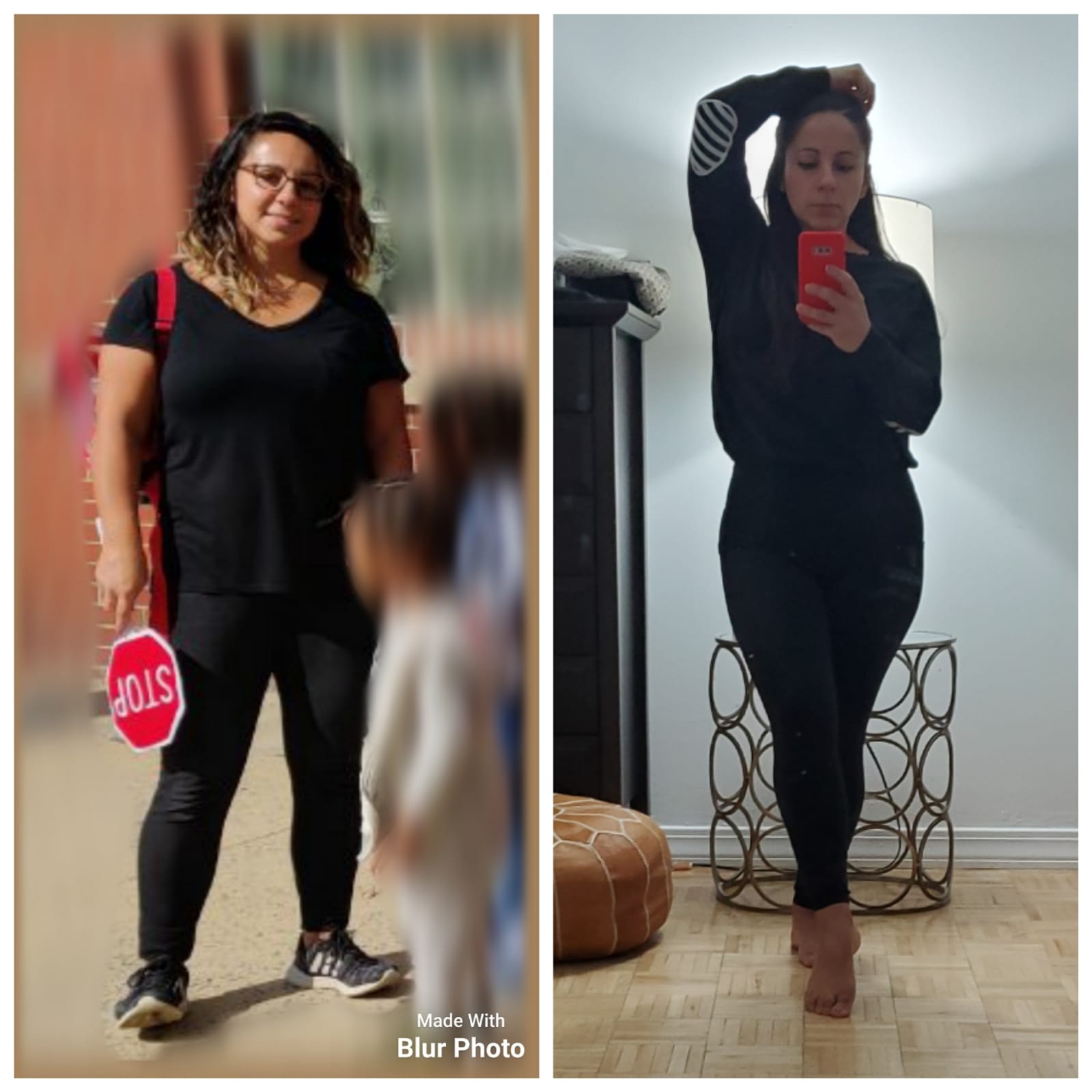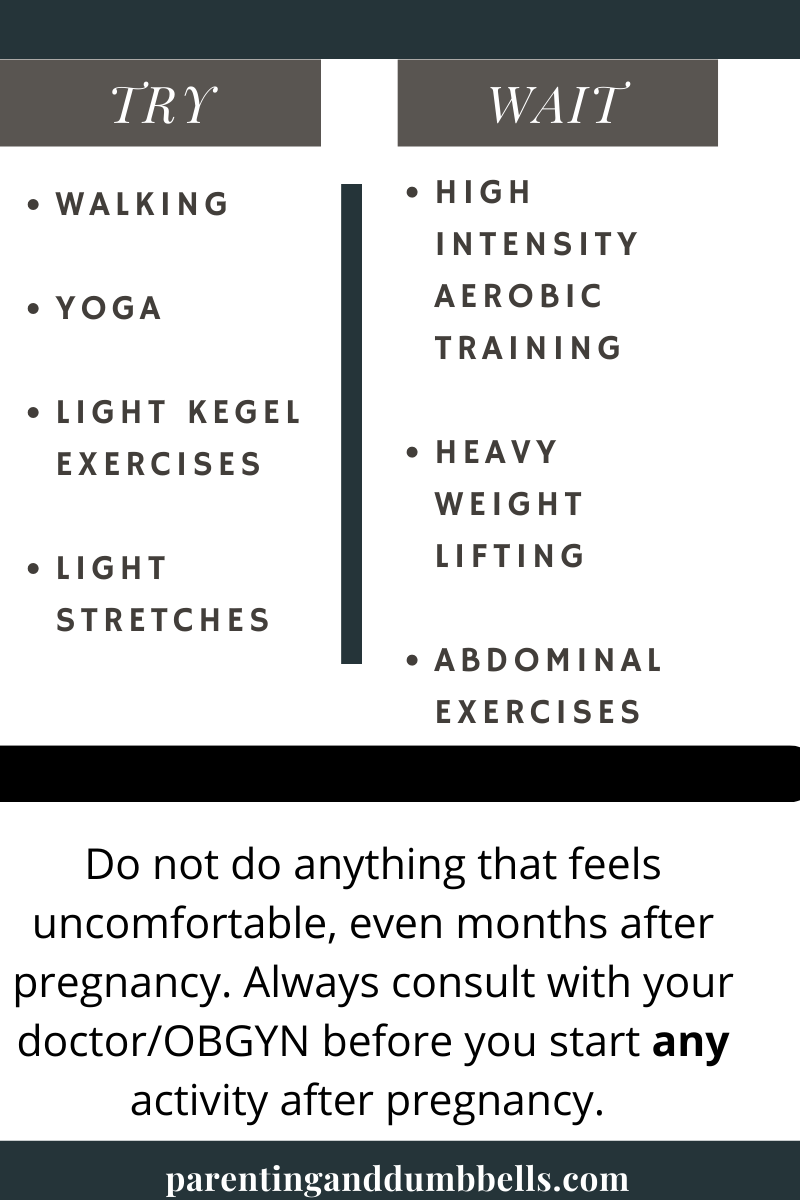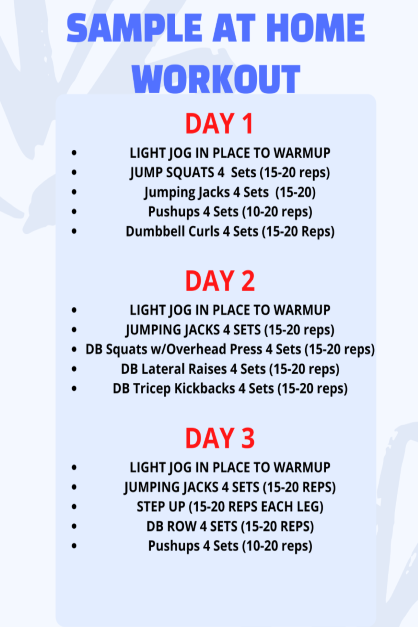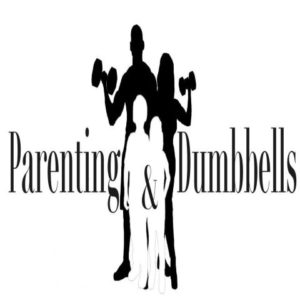DISCLAIMER: We are not medical professionals. This is an opinion, not medical advice. Please consult with your health care provider before starting any new nutritional diet or exercise regimen.
When you look in the mirror after having a baby, your body looks completely different and it is.
While you nourished and provided for the little human growing inside of you, your body adapted along with big hormonal fluctuations.
When it comes to baby number 2 things can get even more complicated…and by complicated I mean chaotic.
I just wanted to lose the baby weight fast, but it wasn’t that easy.
For me, our son was just barely a year and a half when I had my daughter, so he very much needed my attention.
If that wasn’t enough, I was working full time (until the day I gave birth) and in graduate school.
- Mommy to a 1 year old.
- Working full time.
- In graduate school.
- Pregnant.
Needless to say, cooking a healthy meal and working out didn’t always make the priorities list.
By the time my daughter was born I had put on roughly 45 lbs!
I didn’t know who was looking back at me.
It was a struggle just to see myself as me.
Before my pregnancies I was an athlete, playing soccer my whole life. I ran almost everyday and lifted weights as an adult.
It took me a long time to find the dedication to return to the old me.
Losing post partum weight is not easy.
Sometimes it feels the baby weight just won’t come off.
But with consistency and work, mine did.

So how do you lose weight after baby number 2?
Here are Three steps:
1. Allow yourself to first lose the initial weight naturally.
2. Start monitoring your food intake.
3. Start incorporating exercise 3x a week.
The same principles I will discuss can be applied to losing baby weight after baby number 1, 2 or 3! Or hell..10! (if you roll like that).
1. Allow yourself to first lose the initial weight naturally (Month 1 &2 )
This step is crucial to losing the baby weight. It is a time you want to let your body recover and repair so that it can be ready for a future fat loss and exercise routine.
During the first 1-2 months of childbirth a lot of things are going on in your body physically and mentally. You just pushed out a human being out of your body. You will have aches and pains.
Let your body recover.
Your hormones are all over the place. This can affect your joints not being strong enough to start a real exercise program.
More importantly, you now have a new little friend to take care of and bond with.
Take this time to focus on recovering, and bonding with the new little guy or girl in your life. It will help you mentally and physically in the long run on your journey to lose the baby weight.
What you should do at this point to start losing the baby weight is:
Focus on low intensity activities to get your body moving again.
There are many safe activities you can do after pregnancy, and others you should avoid.
Regardless of any activity, consult with your doctor before starting ANY exercise routine after birth.

Breastfeeding has also been shown to help in initial weight loss after pregnancy.
Now this isn’t as simple as: “hey just breastfeed and you’ll lose the baby weight!”
Breastfeeding is simply a way to help facilitate early weight loss when you are trying to tidy up your diet after pregnancy and starting a light “moving around” / exercise regimen in the beginning.
It will supplement your baby weight loss efforts. Why?
Breastfeeding needs energy in the form of calories to produce it. The more you breastfeed the more calories your body is using and in a way “burning”.
Again, the results are small, and over a long period of time (months). Studies have found that, although small, breastfeeding moms lose a bit more weight over the long run than non breast feeding moms.
So in conjunction with watching your food intake and getting in some exercise, it can certainly help!
At this step, you also want to begin watching your diet.
Now is not the time to rob your body of all the nutrients it needs to fuel your milk production and maintain your sanity and health. Keep mindful to not “pig out” and give in to all your cravings, but don’t go on a restrictive diet either.
Your body needs the nutrients to repair and heal itself after the ordeal of childbirth it just went through.
2. Start Monitoring your food intake (Month 3 & 4)
After your post natal check, and allowing your body to recover you should be ready to go and really start losing that extra baby weight.
This is the time to actually start a real, slightly more intense, exercise regimen as well.
To lose the baby weight means to lose fat. It follows the same principle. No matter which nutritional path you decide to go on to lose the baby weight, it all comes down to being in a calorie deficit.
In essence, you must eat less than your body requires. Now this can be a bit tricky, because you don’t want to severely undereat.
Here is an example diet for the “average female” in the US.
The average female in the US as per CDC data is 63.5 inches and a170.8 lbs.
With this in mind, we take these stats and calculate her average maintenance calories for her. Maintenance calories are simply a starting point and educated guess.
Learn more about how to figure out your maintenance calories here.
For this female we would put her on a 1,900 calorie diet focusing on rich nutritional foods but also letting her incorporate her favorite meals/treats.
An example diet would be the following (we have also included on the go options!)
Meal 1 (350-400 calories)
- 1 Cup Blueberries,
- 53g Kodiak Cake pancake mix with 14g chocolate morsels using water or milk (measured)
- One cup of egg whites mixed with veggies
- On the go options: one english muffin with butter, one whey protein shake, one cup of blueberries to go in a ziplock bag. (approx calories 350-400)
Meal 2: (300-400 calories)
- 1 cup of rice
- 6oz cooked chicken breast
- Side of veggies
- On the go or outside: if its fast food, anything with grilled chicken, plain on a bun, side salad, diet coke, watch the dressings (approx calories 400-500)
Meal 3 -Snack (200-300 calories)
- protein bar of choice or cut up apple slices with peanut butter (approx calories 200-300)
Meal 4 Dinner (remaining calories)
Enjoy what you feel like having after a long day with the kids or at work. You will still lose weight.
Have room for desert? Go for it!
This will keep your hunger satiated and cravings at bay.Drinking a lot of water and investing in a good woman’s multivitamin will also help in having a solid nutritional gameplan.
The last meal being essentially “whatever you want” will help in your adherence because if there is something you are really craving, you can have it as long as it fits into your allotted calorie goals for the day. This will reduce binging later on because you can’t have your favorite foods.
If you need help in figuring out this method of dieting and fat loss, we can help you and detail it to your exact needs while monitoring you along the way!
Reach out to parentinganddumbbells@gmail.com for more info!
3. Start incorporating exercise 3x a week (Month 5&6)
After you have lost some weight naturally through:
- Low intensity movement like detailed in step number 1
- Cleaned up your diet as detailed in step number 2
You can, in synergy with step 2, begin a real exercise regimen.
Now depending on your fitness level prior, you can go into a real gym and up the intensity.
For the purposes of this article, we are going to assume that mom really doesn’t have much time to fit in workouts with a 6 month old, and just needs something to do at home, with minimal equipment to start off before moving into a real gym and a more intense workout routine.
Is that you? Great! Read on! And if it is not, again we are glad to help your individual needs. Just reach out to us!
Also check out some great ways you can stay fit as a busy mom.
Sample 3x a week at home workout:

Make sure to incorporate a rest day in between each workout day.
Total time: 30 minutes per workout
Equipment needed: Minimal. One pair of light (relative) Dumbbells .
**For Step ups you can use a weighted backpack.
Average time to lose baby weight
The average time to lose the baby weight for most women is usually 6-12 months.
We can break it down as follows:
- Month 1-2: The first couple of weeks, being months 1-2, you will see a big drop in weight. At this stage you have lost the baby, the placenta and amniotic fluid. You will also begin to lose a lot of the swelling and water retention gained during pregnancy.
- Month 3-4: This is when you have started step number 2 (monitoring your diet) and possibly step 3 (Exercise 3x a week) depending on your post natal check up. At this point, with a solid nutritional diet in a calorie deficit we should start seeing a loss of 1-2lbs a week of baby weight a.k.a. Fat.
- Anymore than this is not recommended. 1-2lbs will guarantee that you are eating enough to lose the baby weight and still meeting your nutritional requirements to remain healthy.
- Months 6-12: Here, we will move on from exercise 3x a week at home, and possibly either increase our days exercising or join a commercial gym to get more complete and well rounded workouts. This is when you will see the most progress in terms of weight loss and body composition.
In conclusion, losing weight after baby number 1, 2, 3 or 4 is about giving yourself time.
The first couple of weeks or months should be about focusing on recovering, healing and loving yourself for the awesome feat you just accomplished: bringing a human being into this world. Take the time to take care of yourself and your baby and don’t stress too much on losing the weight, during this time.
Once you give yourself time to heal, and your doctor gives you the go ahead, go on to step number 2 and 3 and focus on eating nutritionally sound foods in a slight calorie deficit while adapting a beginner exercise routine before increasing the intensity.
We hope you found this useful!
What are some of your tips to lose the baby weight after pregnancy?

